Rising Demand for Electric Vehicles
The increasing consumer preference for electric vehicles (EVs) is a primary driver of the Electric Vehicle Connector Market. As more individuals and businesses transition to EVs, the need for efficient and reliable charging solutions intensifies. In 2025, it is estimated that the number of electric vehicles on the road will surpass 30 million units, leading to a corresponding rise in demand for connectors. This surge is likely to be fueled by government incentives and environmental awareness, which encourage the adoption of cleaner transportation options. Consequently, manufacturers in the Electric Vehicle Connector Market are compelled to innovate and expand their product offerings to meet the growing needs of consumers and businesses alike.
Expansion of Charging Infrastructure
The rapid expansion of charging infrastructure is a crucial factor propelling the Electric Vehicle Connector Market. As more charging stations are established in urban and rural areas, the accessibility of charging solutions improves, thereby encouraging EV adoption. In 2025, the number of public charging stations is anticipated to exceed 1 million globally, creating a robust demand for various types of connectors. This expansion is likely to be supported by public-private partnerships, which aim to enhance the charging network. Consequently, manufacturers are prompted to diversify their product lines to cater to different charging needs, thereby fostering competition and innovation within the Electric Vehicle Connector Market.
Government Regulations and Incentives
Government policies aimed at reducing carbon emissions and promoting sustainable transportation are significantly influencing the Electric Vehicle Connector Market. Various countries have implemented stringent regulations that mandate the adoption of electric vehicles, thereby increasing the demand for charging infrastructure. For instance, incentives such as tax rebates and grants for EV purchases are expected to drive market growth. In 2025, it is projected that investments in EV infrastructure will reach approximately 100 billion dollars, further propelling the need for advanced connectors. These regulations not only stimulate market growth but also encourage manufacturers to develop innovative solutions that comply with evolving standards.
Increased Consumer Awareness and Adoption
The growing awareness of environmental issues and the benefits of electric vehicles are driving consumer adoption, which in turn fuels the Electric Vehicle Connector Market. As consumers become more informed about the advantages of EVs, such as lower operating costs and reduced emissions, the demand for electric vehicles is expected to rise. In 2025, surveys indicate that over 60% of potential car buyers are considering an electric vehicle as their next purchase. This shift in consumer behavior is likely to create a robust market for connectors, as manufacturers strive to provide solutions that align with consumer preferences. The Electric Vehicle Connector Market must adapt to these changing dynamics to remain competitive.
Technological Innovations in Connector Design
Technological advancements in connector design are transforming the Electric Vehicle Connector Market. Innovations such as faster charging capabilities, improved durability, and enhanced safety features are becoming increasingly important as consumer expectations rise. In 2025, the market for high-power connectors is expected to grow significantly, driven by the demand for ultra-fast charging solutions. These advancements not only improve the user experience but also address concerns related to charging time and efficiency. As manufacturers invest in research and development, the Electric Vehicle Connector Market is likely to witness a wave of new products that meet the evolving needs of electric vehicle users.
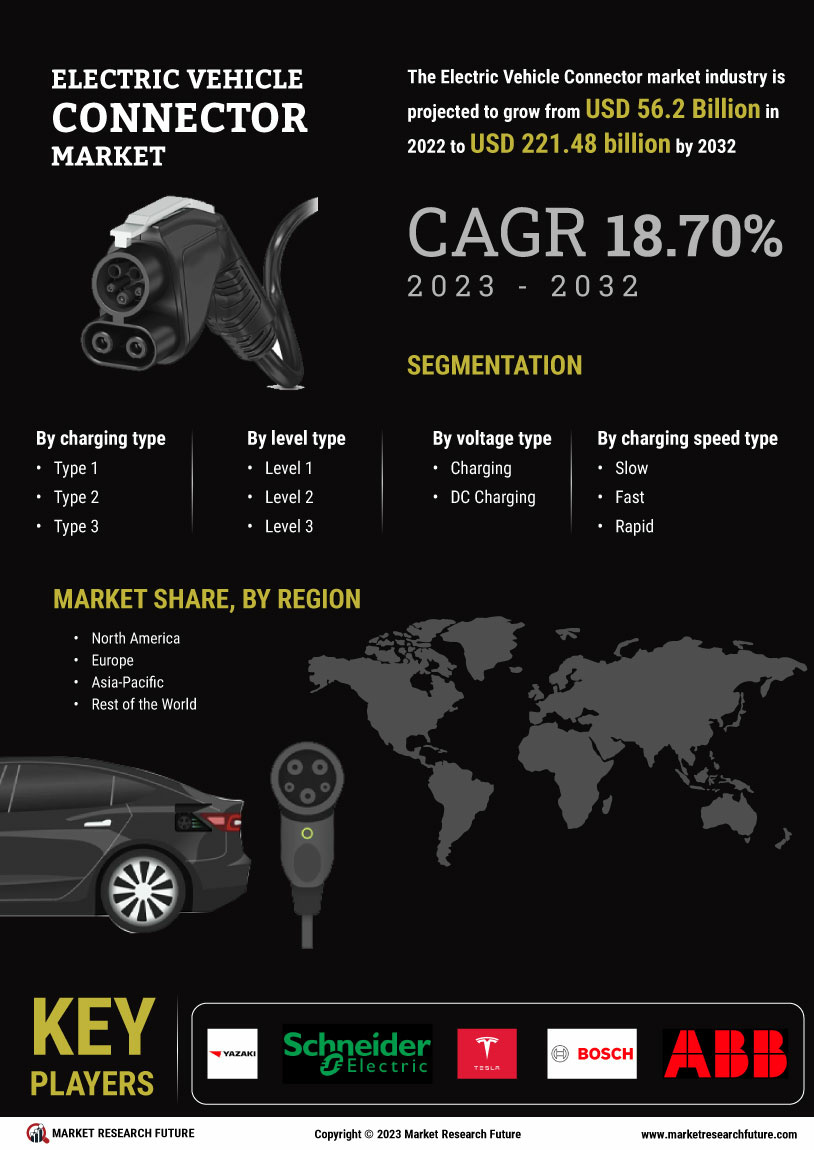

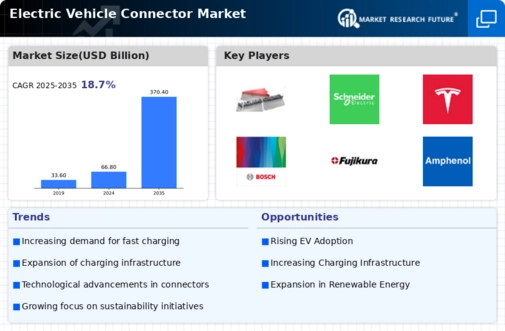
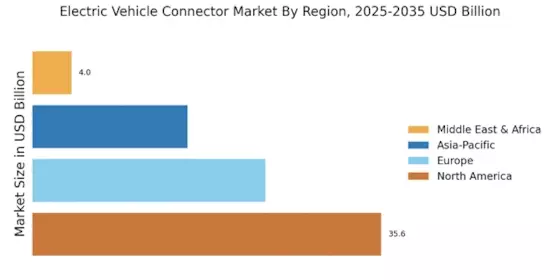


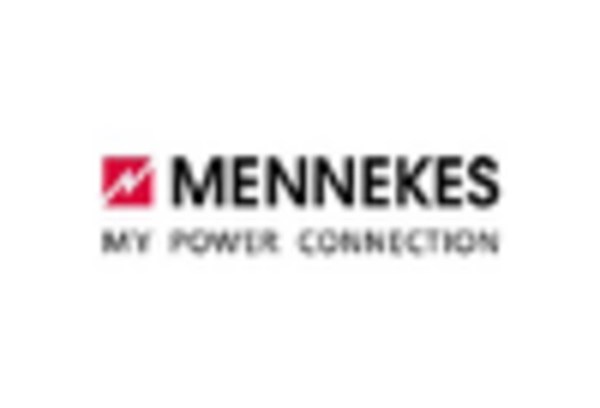


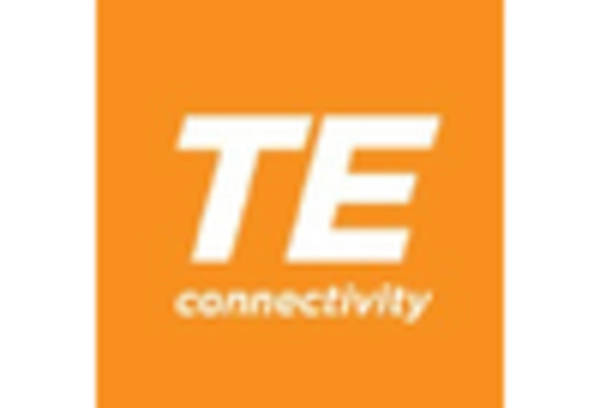








Leave a Comment